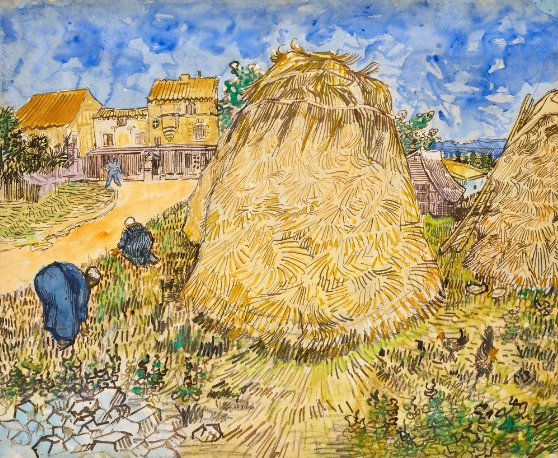Vincent van Gogh is widely known for his impressive oil paintings, but did you know he was also a master of watercolors? Let’s dive into the world of van Gogh’s lesser-known medium and discover the beauty of his watercolor paintings.
Vibrant and Expressive
Van Gogh’s watercolors are just as vibrant and expressive as his oil paintings. The use of bold colors and dynamic brushstrokes bring his subjects to life in a fresh and spontaneous way.
Intimate Glimpses
Unlike his large-scale oil paintings, van Gogh’s watercolors often offer intimate glimpses into everyday scenes. Whether it’s a tranquil landscape, a bustling cafe, or a simple still life, van Gogh has a knack for capturing the essence of his subjects in a few simple strokes.
Experimental Techniques
Van Gogh was known for his experimental techniques, and his watercolors are no exception. He often used unconventional materials such as tea, coffee, and even his own saliva to create unique textures and effects on the paper.
Emotional Depth
One of the most striking aspects of van Gogh’s watercolors is the emotional depth he conveys through his brushwork. Every stroke seems to carry his passion and intensity, making each painting a powerful expression of his innermost thoughts and feelings.
Legacy of Innovation
Although van Gogh’s watercolors were not as widely recognized during his lifetime, they have since become an integral part of his artistic legacy. They showcase his innovative approach to painting and his unwavering commitment to pushing the boundaries of artistic expression.
In conclusion, van Gogh’s watercolors offer a new perspective on the artist’s creative genius. They reveal his versatility, experimentation, and emotional depth in a way that is unique from his more famous oil paintings. So next time you explore the world of van Gogh, don’t forget to take a closer look at his masterful watercolors.


